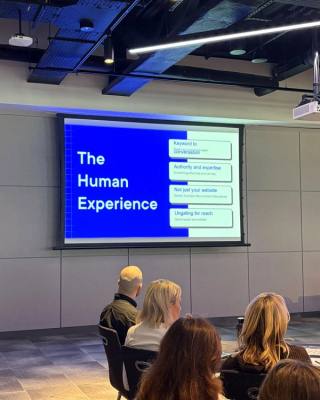Digital success in 2025 is defined by constant improvement. To put it simply, if you’re not moving forward, you’re moving backwards. User expectations are higher, competition is fiercer, and every interaction counts. A/B testing remains one of the most effective ways to drive conversions, especially for those able to adapt it to the latest technologies.
Here’s our guide to this data-driven lead-generation strategy:
A/B testing: The fundamentals
At its core, A/B testing compares two versions of a webpage, design element, or user flow to identify which one performs better. Whether testing a headline, call to action, or page layout, the goal is to use real user data to guide decisions.
Strong A/B testing answers specific questions, with a clear end goal:
- Does changing this copy increase click-throughs?
- Does a simplified form improve completion rates?
- Does reordering content keep users engaged longer?
These experiments provide clear, actionable insights that enhance UX while directly impacting commercial outcomes. According to McKinsey, brands that prioritise UX can increase revenue by between 15 and 20%.
What’s changed in 2025?
A/B testing has evolved. In 2025, speed, personalisation, and automation are driving major shifts in how brands run experiments:
- Mobile-first testing is essential: With mobile traffic dominating, testing for smaller screens comes first, not last.
- Personalisation is non-negotiable: Users expect experiences tailored to their needs, and A/B tests help refine these journeys.
- AI-powered optimisation: Automation tools help teams run more complex tests without adding operational strain.
Additionally, the availability of real-time user data allows brands to adjust faster, with fewer delays between hypothesis and result. This agility leads to quicker iterations and more sustained conversion growth.
Multi-armed bandit testing
Traditional A/B testing has a limitation: while gathering enough data to reach significance, you may waste traffic on underperforming variants. That’s where multi-armed bandit testing comes in.
Instead of evenly splitting traffic between versions, this method dynamically shifts more users toward better-performing variants as data accumulates. The result is:
- Faster optimisation
- Less revenue lost on poor experiences
- More efficient use of traffic
While not suitable for every scenario, multi-armed bandit testing is particularly valuable for time-sensitive campaigns or when user behaviour changes rapidly, which is increasingly common in today’s digital landscape.
Iteration over the long-term
For sustained growth, one-off tests are not enough. The most successful brands treat A/B testing as an always-on strategy, and integrate experimentation into their entire digital lifecycle. This continuous approach ensures that:
- UX evolves alongside user expectations in real time.
- Performance gains compound over time.
- Decision-making stays rooted in evidence, not opinion.
Ongoing testing is critical in 2025 because user behaviour, technology, and market trends are constantly shifting. A single test can improve a page, but continuous testing can provide insights and data to transform an entire business.
At Kooba, we believe that digital excellence is never finished. By embedding structured A/B testing and optimisation into your digital strategy, you can deliver better experiences (and better results) every step of the way. Get in touch with us today to get started.








